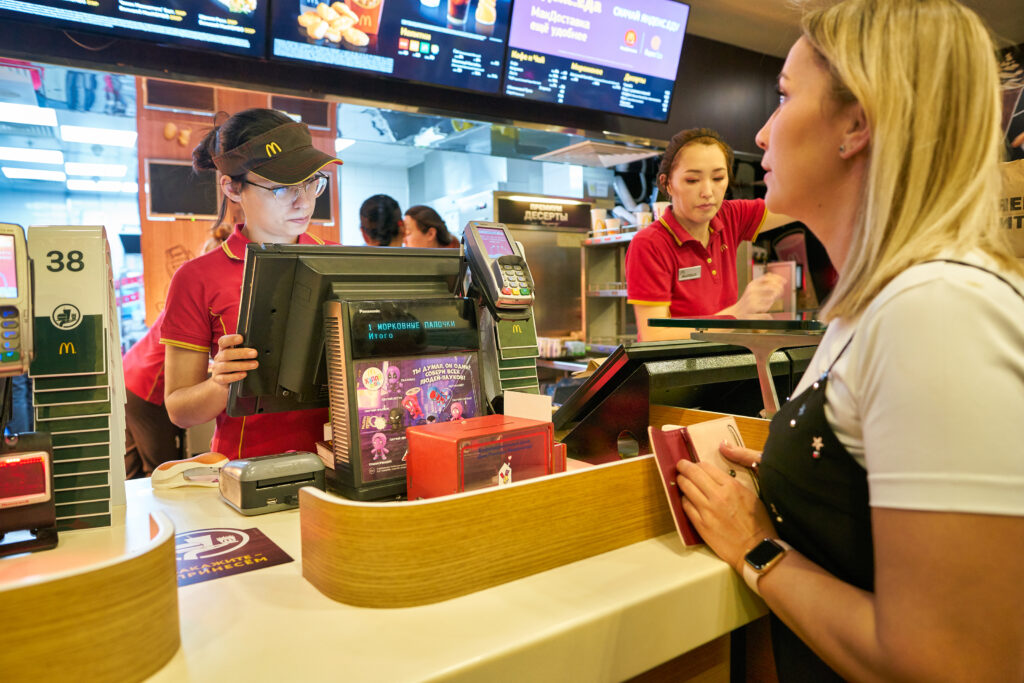Money matters, doesn't it? It is a necessary ingredient both in our personal and business lives. Every time we swipe a card or drop a coin into a jar, our mind guides us. But it's not just about our needs; it's about the psychology of spending. Have you ever wondered?
Why do individuals buy things they don't need or avoid fruitful financial opportunities? It seems childish, but this is how our brain works with money. Avoiding overconfidence, looking for expert advice, focusing on financial options, and accepting mistakes are golden strategies to balance your economic well-being. In this post, I will uncover insights into how your brain affects your spending. Let's dive in!
1. Evolutionary Bias

Historically, human minds were raised in such a society where immediate action was taken to spend money for finding food or shelter. This evolutionary backdrop has trained our minds to prioritize short-term choices. Dr. Ryan Sultan, a professor at Columbia University of Clinical Psychiatry, suggested that our past learned behavior from an early age plays an essential role in adults' financial decisions.
For example, a person facing economic issues at a young age will prioritize spending immediately from the fear of scarcity or deprivation, even though it's not the best choice for the long term.
2. Dopamine-Driven Purchases

Our brain has a neurotransmitter called dopamine, which plays a crucial role in rewarding our system and making them happy. Whenever we feel glad or rewarded, like eating our favorite food or receiving a reward, our brain instantly releases dopamine and gives us a feeling of satisfaction. The exact mechanism happens in the case of spending money.
Vice president of science at Happy Money, Chris Courtney, says that small happiness, like purchasing different items and adding to an online shopping cart, releases dopamine and makes us feel good. This dopamine release forces a person to make purchases they might not need. For the sake of gratification, our brains sometimes forget the long-term benefits of saving and investing that money for our good.
3. Money Scripts

Money scripts are our perceptions and beliefs about money from childhood or our experiences. These past beliefs can influence our financial decisions in adulthood time. A certified financial psychologist and planner, Brad Klontz, introduced the term “Money Scripts” to inform about these subconscious beliefs given to us by our parents or culture.
For example, someone with a money script that prioritizes money for happiness might spend extra money to perceive public attention and high status. Similarly, those individuals who grew up in a tight spending environment would prioritize saving money in an hour of need. So, it is important to understand money scripts for healthy financial behavior.
4. Role of FOMO in Spending

Our lives will influence our money-spending habits in the digital and modern age. In particular, social media platforms continuously expose the luxurious lifestyle, vacations, the latest gadgets, and high-end fashion, leading many of us to financial crackdowns.
Social fear takes Financial FOMO, where a person faces embarrassment for a simple lifestyle and pursuing displayed fashion, even if he is out of financial budget. Chris Courtney states that for instant happiness, individuals adopt emotions for a few advertised items and always feel like they are missing out. This point shows how our surroundings influence our minds on spending decisions and choices.
5. The Anchoring Effect

The anchoring effect is a term that originated from cognitive psychology. It refers to the human tendency to rely on the first information we receive about any product. We often stick to discounted price tags because our brain thinks it is a good deal. For example, if we buy a shirt and its initial price is $200, but it's available for $100 on sale, we perceive it as a bargain and a good deal. Even if the price was less than 100 dollars, what happened? The price tag tricked us. Retailers use these anchoring advantages to attract the customer's attention.
6. The Endowment Effect

Another term is the Endowment effect, which behavioral economists mainly coin. It is a phenomenon where people overvalue those items and products because they own them. For example, you buy a toy for your kid and consider it a valuable product because your kid is happy and you own it for him, but when you sell that product in the market, it will cost less. This endowment effect will lead you to spend more on the items or products, especially the accessories of your interest.
Ready to make your first budget?
Enter your email and get the free template
7. Loss Aversion

A core principle in behavioral science is loss aversion, which makes people feel happier about an equivalent gain over their loss. In simple terms, Many people purchase insurance for the potential increase in the future without thinking that bad will happen to them. This is how our brain works sometimes on potential growth without looking to a loss. You need to be aware of these psychological terms for financial stability.
8. The Sunk Cost Fallacy

It's a term used for belief that is generated into something. Individuals who invest their money, time, and effort into something without looking at future trends or consequences continuously invest in it, sometimes leading to a considerable loss. This shows us how our mind reacts to those outlays, even when stopping would be the best logical choice.
9. Confirmation Bias in Spending

Consumers can fall prey to confirmation bias, just as consumers. For example, when we know some specific brand is superior and famous, our mind clicks, and we seek out the information and buy a product or any item without seeing their contradictory evidence. This will lead a person to spend more money on brand social presence than looking at the whole picture.
10. Targeted Marketing and Impulsive Buyers

Modern ads and advertising are beautiful and hitting into our psychological triggers. After the data analytics, these advertisements are now preferred for individual interest and behavior. With the sense of lacking behind societal trends and fear of missing out, individuals spend more than enough without thorough consideration.
“Normal For Boomers In The 80s And Taboo Today” 10 Unacceptable Things Boomers Did That Would Never Happen Now

The society in which you live today has some specific norms. If you compare it to the Boomers' generation, you'll realize that you can't do everything that they did in their time. There are many things baby boomers enjoyed as a part of their childhood.
How I make $11,000 per year renting out my spare rooms?
Get access to my FREE guide now.
Gen Z or Gen Alpha can't even imagine doing those things, as it is way unacceptable in this era. Here are a few things Baby Boomers got away with but is a common thing today:
“The South Isn’t Friendly” 12 Dangerous U.S. Cities You May Want To Move To Before Visiting, Don’t Make That Mistake

Being a well-developed and reputed kingdom, the United States tends to attract many people to visit or migrate. This kingdom has many beautiful states and cities. Their charm attracts people all around the World. But along with these modernized and developed cities, some cities are notorious for their insecure environment. Living or moving to this city may indulge you in difficulties.
“She Supports Donald Trump?” 10 Surprising Stars Who Support The Former President

There are many stars who support the former president that will surprise you.
“Please, God, Don’t Order That” 10 Menu Items Fast Food Workers Dread Preparing

Fast food workers encounter a wide variety of customer requests and menu items every day, but there are certain orders that they simply dread making. These items can be particularly challenging or time-consuming to prepare, causing frustration among the employees.
“Thrilling From The First Episode” 10 TV Shows That Will Kill Boredom

A pilot episode can make or break a series. Here are 10 iconic pilot episodes.
How I make $11,000 per year renting out my spare rooms?
Get access to my FREE guide now.
